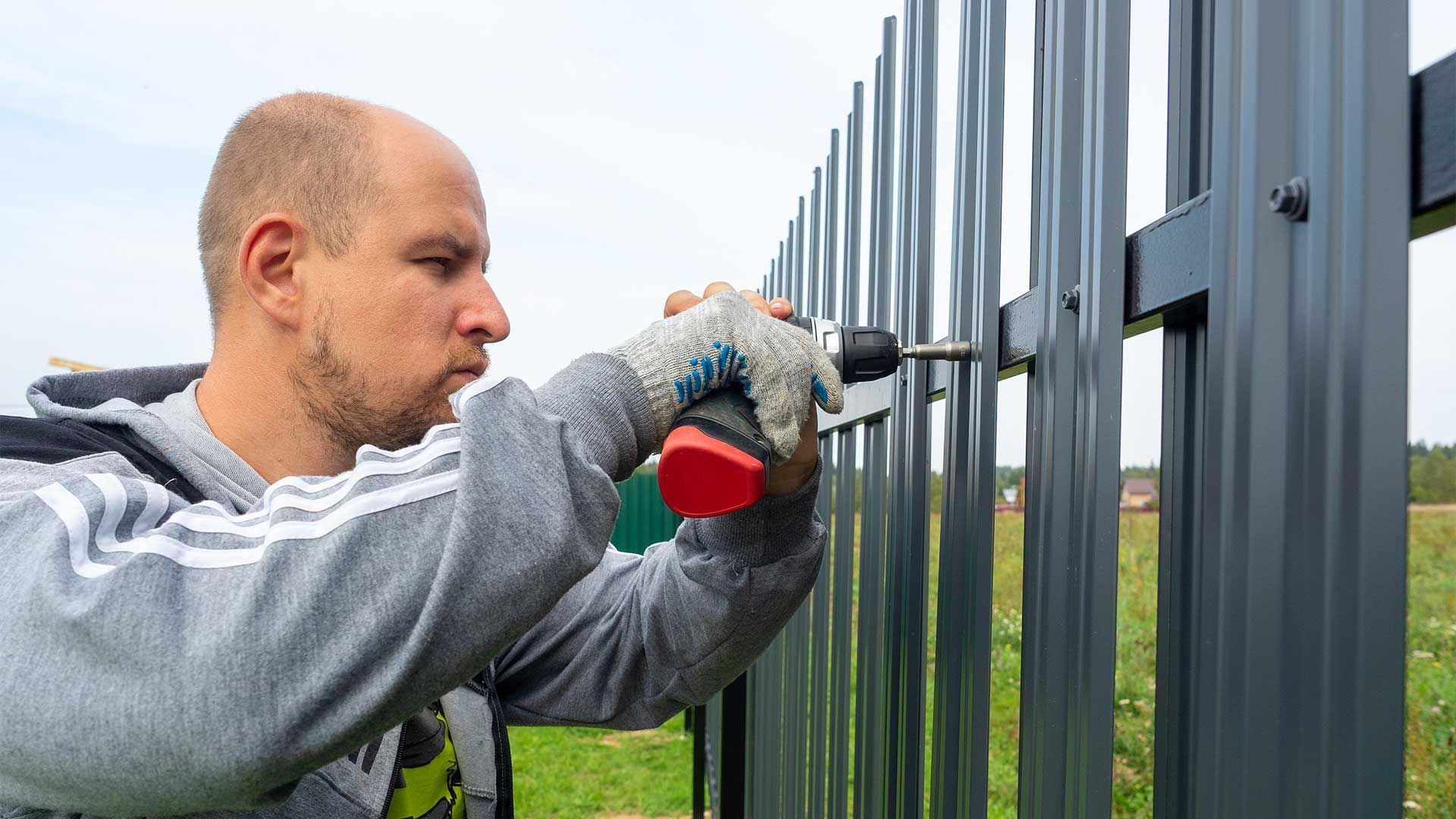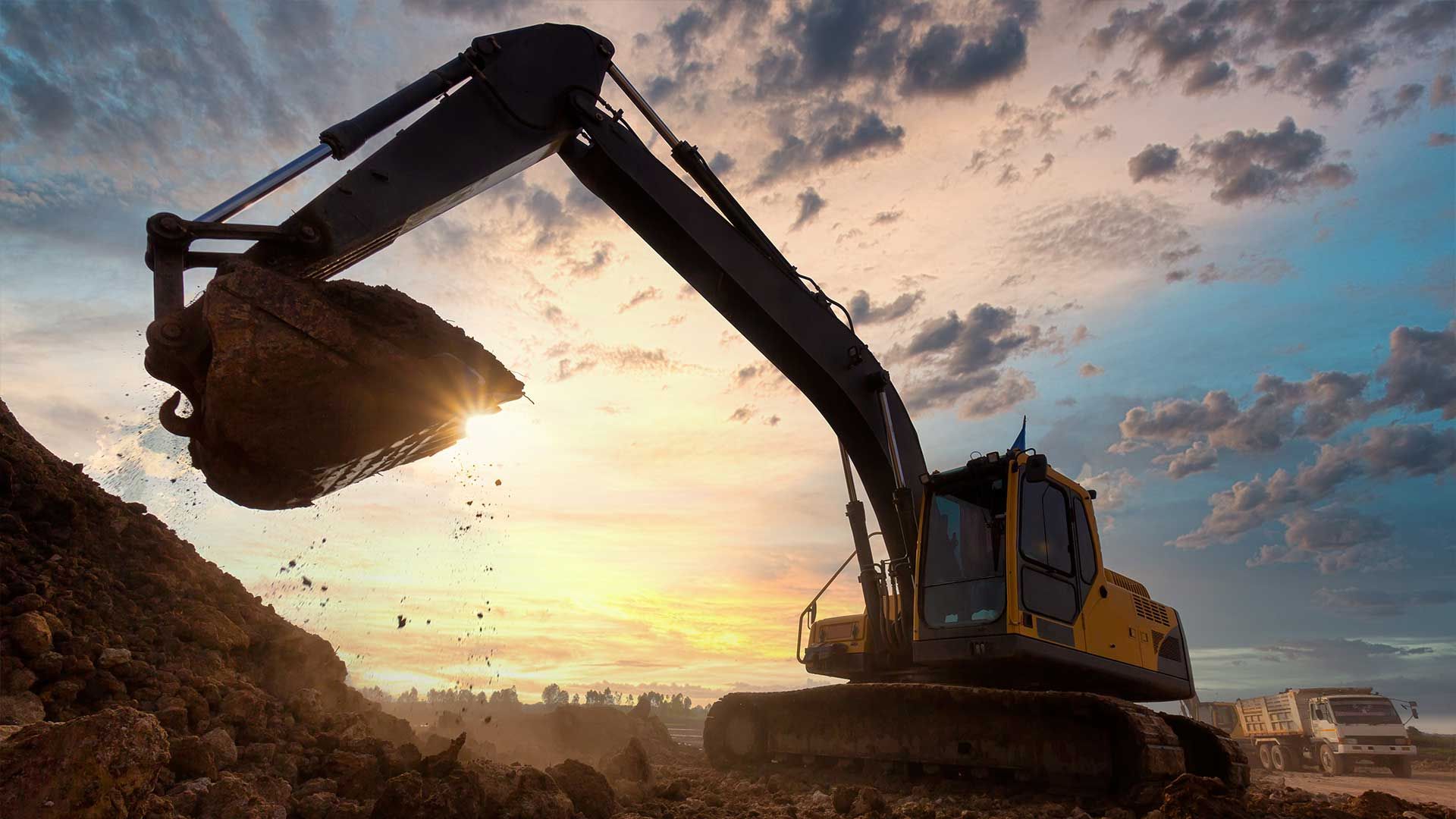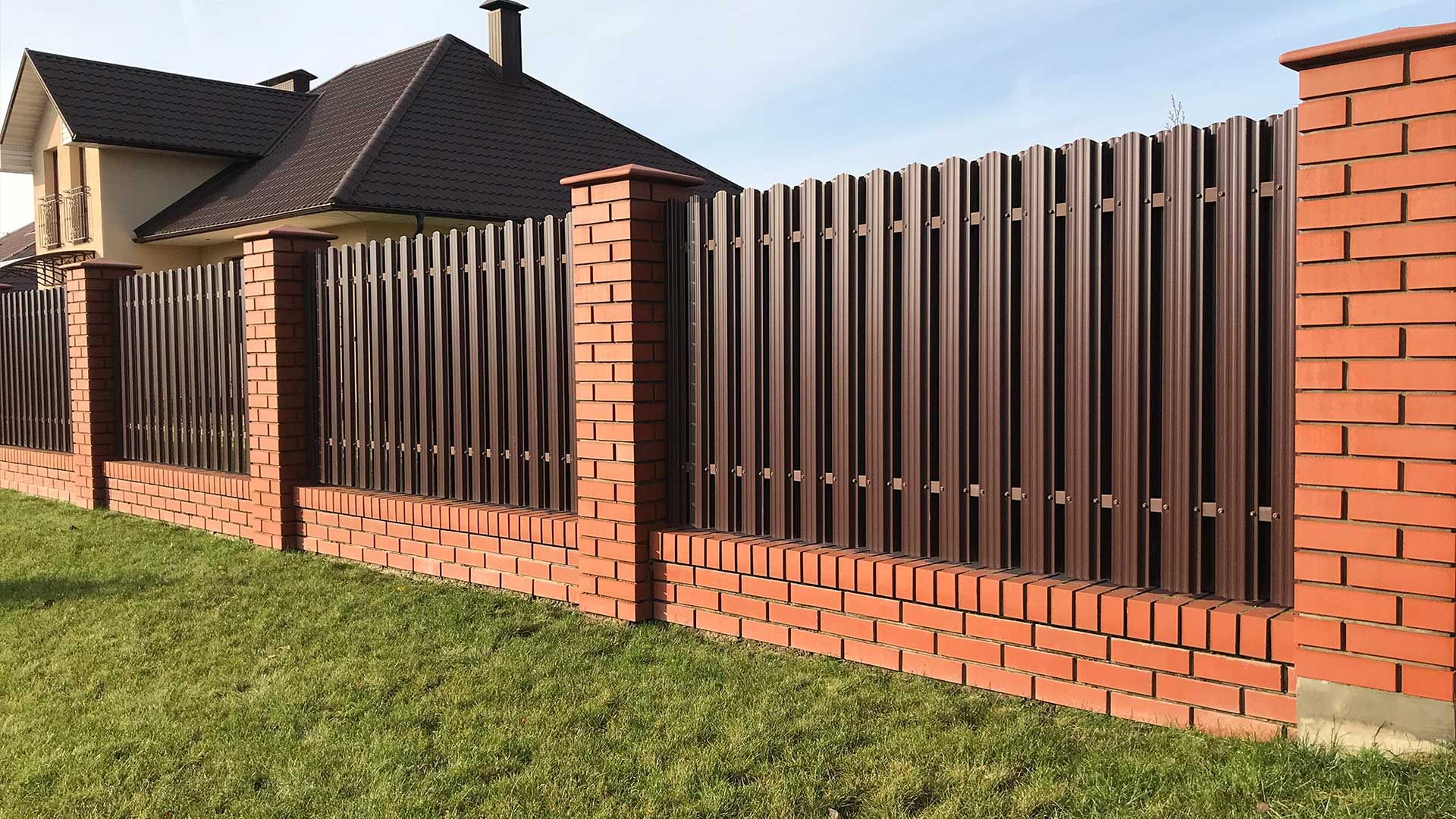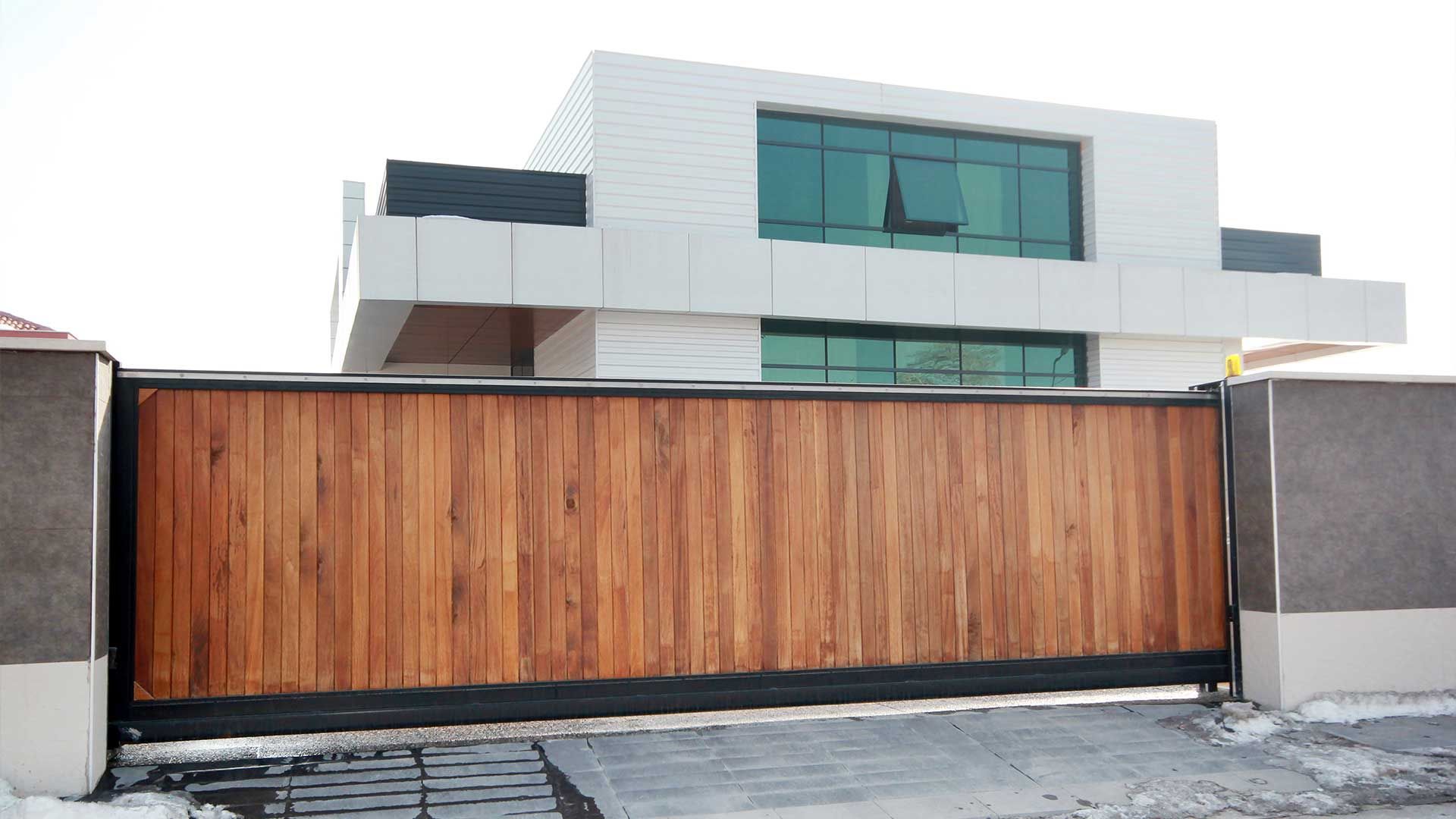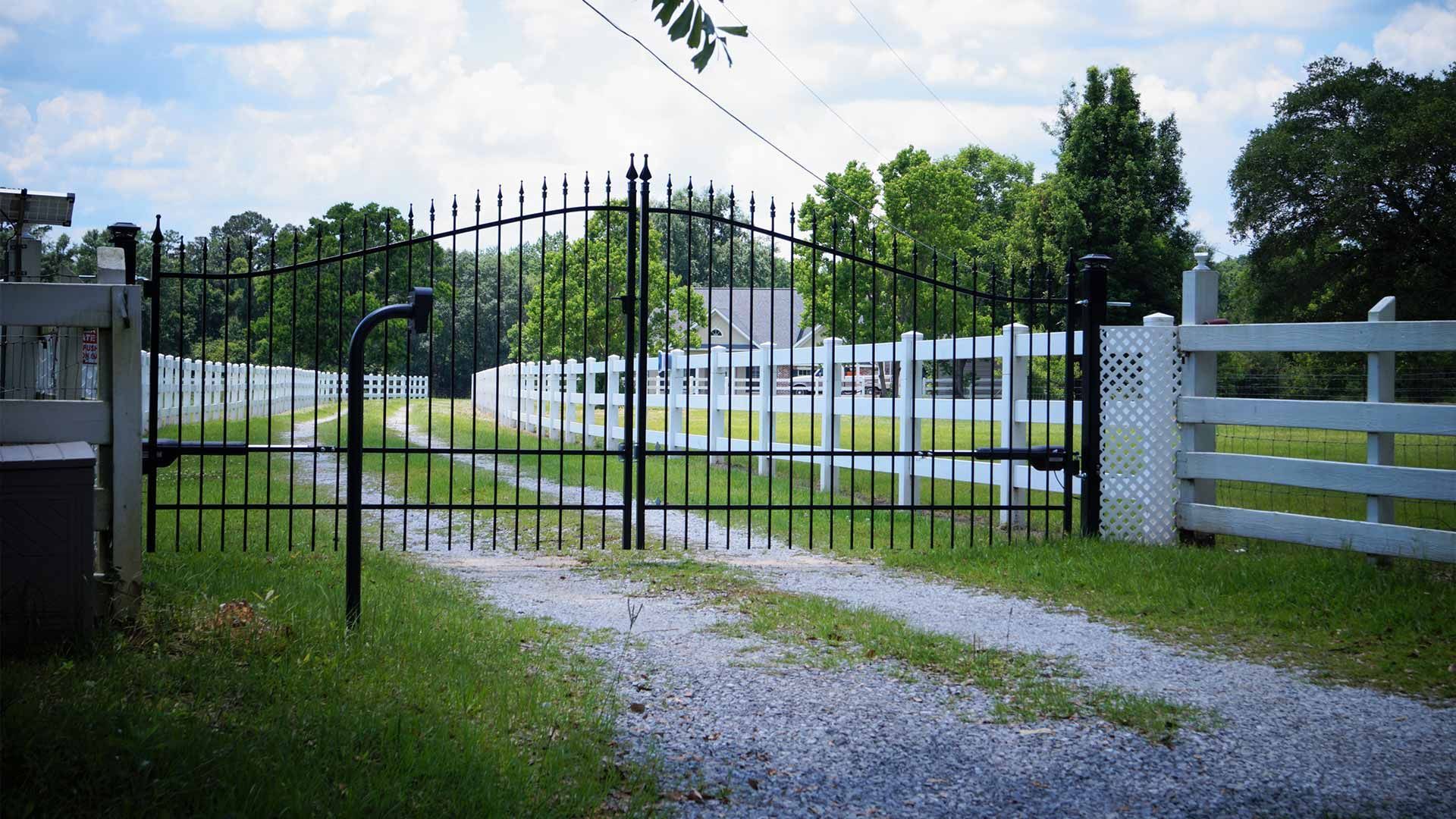Contact info

Factors Affecting Land Clearing Cost: What You Need to Know
Clearing land comes with a price tag, and understanding the factors that influence land clearing cost is crucial for anyone
planning such a project. The cost of land clearing can vary widely depending on several key factors, and being aware of these factors can help you budget effectively and avoid surprises along the way. In this article, we will explore the various factors that can impact land clearing costs, from the type of vegetation and terrain to the size of the area and accessibility. By gaining a better understanding of these factors, you'll be better equipped to plan your land clearing project and make informed decisions about how to proceed. So let's dive in and uncover the key considerations that affect land clearing cost, helping you navigate your project with confidence and clarity.
Importance of Proper Planning
Proper planning is essential before embarking on any land clearing project. By taking the time to plan ahead, you can avoid costly mistakes and ensure that your project stays on track. Planning allows you to assess the specific needs of your site, including the type of vegetation present, the terrain characteristics, and any potential obstacles that may need to be addressed. With a clear plan in place, you can also identify ways to minimize costs and streamline the clearing process. Whether you're clearing land for development, agriculture, or landscaping, proper planning is key to achieving your goals efficiently and cost-effectively. By understanding the importance of planning and taking the time to do it right, you can set yourself up for success and avoid unnecessary expenses down the road. So before you start clearing land, be sure to put a solid plan in place to help you achieve the best results possible.
Type of Vegetation and Terrain
The type of vegetation and terrain on your property can significantly impact the cost of land clearing. Dense vegetation, such as trees and shrubs, may require specialized equipment and techniques for removal, increasing the overall cost of the project. Similarly, challenging terrain, such as steep slopes or rocky terrain, can also drive up costs due to the additional labor and equipment needed to navigate and clear the area safely.
Conversely, clearing land with sparse vegetation and flat terrain may be more straightforward and less expensive. Understanding the specific characteristics of your property's vegetation and terrain can help you anticipate potential challenges and budget accordingly. By assessing these factors upfront, you can work with your land clearing contractor to develop a plan that addresses any obstacles efficiently and cost-effectively. With the right approach, you can minimize costs while achieving your desired results, transforming your property into a
clean and usable space.
Size of the Area
The size of the area to be cleared is a significant determinant of land clearing cost. Larger areas typically require more resources, including labor, equipment, and time, which can drive up overall expenses. Conversely, smaller areas may be cleared more quickly and with fewer resources, resulting in lower costs.
When estimating the cost of land clearing, it's essential to consider the size of the area carefully. This includes not only the total square footage but also any irregularities or obstacles within the space that may impact the clearing process. By accurately assessing the size of the area to be cleared, you can ensure that your budget aligns with the scope of the project and avoid any unexpected expenses.
Additionally, larger areas may offer economies of scale, allowing for bulk pricing or discounts from land clearing contractors. By understanding how the size of the area affects costs, you can explore potential cost-saving opportunities and make informed decisions about your land clearing project.
Accessibility and Site Conditions
The accessibility of your property and its site conditions can significantly affect land clearing costs. Properties that are easily accessible, with clear paths for equipment and vehicles, may require less time and resources to clear, resulting in lower costs. Conversely, properties that are difficult to access, such as those with narrow roads or limited space for maneuvering, may incur higher costs due to the need for specialized equipment or additional labor.
Site conditions, such as the presence of existing structures, utilities, or other obstacles, can also impact land clearing costs. For example, clearing land around existing buildings or infrastructure may require careful planning and coordination to avoid damage and ensure safety, increasing the overall cost of the project.
By assessing the accessibility and site conditions of your property upfront, you can better understand potential challenges and plan accordingly. This may involve making accommodations for equipment and personnel, obtaining necessary permits, or coordinating with utility providers. By addressing these factors early in the planning process, you can
minimize delays and unexpected expenses, helping to keep your land clearing project on time and on budget.
Permitting and Regulations
Obtaining permits and complying with regulations are crucial steps in any land clearing project and can significantly impact costs. Depending on your location and the scope of your project, you may need to obtain various permits from local authorities before clearing land. These permits often come with associated fees, which can add to the overall cost of the project.
Additionally, there may be regulations in place governing land clearing activities, such as restrictions on clearing protected areas or requirements for erosion control measures. Failure to comply with these regulations can result in fines or penalties, as well as delays in the clearing process.
By understanding the permitting and regulatory requirements for your project upfront, you can budget accordingly and avoid any costly setbacks. This may involve researching local regulations, consulting with regulatory agencies, and working with experienced professionals who can help navigate the permitting process. By ensuring that all necessary permits are obtained and regulations are followed, you can mitigate risks and ensure a smooth and successful land clearing project.
Equipment and Labor
The choice of equipment and the amount of labor required are significant factors affecting land clearing costs. The type of vegetation, terrain, and size of the area to be cleared will determine the equipment needed, such as bulldozers, excavators, or brush cutters. Specialized equipment may come with higher rental or operating costs, increasing the overall project expenses.
Similarly, the amount of labor required for the clearing process will impact costs. Labor costs can vary depending on factors such as local wages, the skill level of workers, and the duration of the project. More extensive or complex projects may require additional labor, resulting in higher overall expenses.
By carefully assessing the equipment and labor needs for your land clearing project, you can develop a realistic budget and identify potential cost-saving opportunities. This may involve exploring different equipment options, negotiating rental rates, or optimizing labor efficiency. By maximizing the effectiveness of
equipment and labor resources, you can minimize costs while achieving your project goals.
Additional Considerations and Cost-Saving Tips
In addition to the primary factors discussed, several other considerations can affect land clearing costs. Environmental factors, such as the presence of protected habitats or endangered species, may require specialized handling and mitigation measures, adding to project expenses. Similarly, the disposal of cleared vegetation and debris can incur additional costs, particularly if specialized disposal methods are required.
To minimize costs and streamline the land clearing process, consider implementing the following cost-saving tips:
1. Salvageable Materials:
Identify and salvage any materials that can be reused or repurposed, such as timber or stone, to reduce disposal costs.
2. Clearing Phases:
Break the clearing process into phases to spread out costs over time and prioritize areas that are most critical for immediate use.
3. DIY Clearing: Depending on the size and complexity of the project, consider tackling some clearing tasks yourself to reduce labor costs.
4. Negotiate with Contractors:
Shop around and negotiate with land clearing contractors to secure competitive pricing and favorable terms.
5. Sustainable Practices: Explore sustainable land clearing practices, such as selective clearing and erosion control measures, to minimize environmental impact and potential fines.
By implementing these cost-saving tips and considering additional factors that may impact land clearing costs, you can optimize your project budget and achieve efficient and cost-effective results.
Conclusion
In conclusion, understanding the factors that influence land clearing costs is essential for planning and executing a successful project. By considering variables such as the type of vegetation, terrain, size of the area, accessibility, permitting requirements, equipment, labor, and additional considerations, property owners can develop a comprehensive understanding of project expenses and make informed decisions to optimize their budgets.
At Byron Fence, we recognize the importance of transparent pricing and efficient project management in land clearing endeavors. Our team of experienced professionals is committed to providing high-quality services tailored to meet the unique needs of each client while delivering cost-effective solutions. Whether you're clearing land for development, agriculture, or landscaping, you can trust
Byron Fence to deliver exceptional results that exceed your expectations.
Contact us today at
478-960-5382 to learn more about our land clearing services and discover how we can help you achieve your project goals efficiently and affordably. Let Byron Fence be your partner in transforming your property into a clean, usable space that meets your needs and exceeds your expectations.
Frequently Asked Questions (FAQs)
-
How do I estimate the cost of land clearing for my property?
Estimating land clearing costs involves considering factors such as the size of the area, type of vegetation, terrain characteristics, accessibility, and any additional site conditions. Consulting with a reputable land clearing contractor can provide a more accurate cost estimate tailored to your specific project.
-
Are there any regulations or permits I need to be aware of before clearing land?
Yes, land clearing activities may be subject to regulations and permitting requirements imposed by local authorities. These regulations may vary depending on factors such as the location of the property, environmental considerations, and the scope of the project. It's essential to research and comply with all applicable regulations to avoid fines or penalties.
-
Can I save money by clearing land myself instead of hiring a professional contractor?
While clearing land yourself may seem like a cost-saving option, it's essential to consider factors such as equipment rental costs, labor, safety risks, and potential damage to the property. In many cases, hiring a professional land clearing contractor can be more efficient and cost-effective in the long run.
-
What factors can impact the timeline for completing a land clearing project?
The timeline for completing a land clearing project can be influenced by various factors, including the size of the area, complexity of the terrain, availability of equipment and labor, permitting requirements, and any unexpected obstacles encountered during the clearing process. Working with an experienced contractor can help minimize delays and ensure timely project completion.
-
Are there any environmentally friendly land clearing methods available?
Yes, there are environmentally friendly land clearing methods, such as selective clearing, that minimize disruption to ecosystems and reduce the need for heavy machinery. These methods prioritize the preservation of native vegetation and wildlife habitats while still achieving the desired clearing objectives. Consulting with a knowledgeable contractor can help you explore eco-friendly options for your land clearing project.
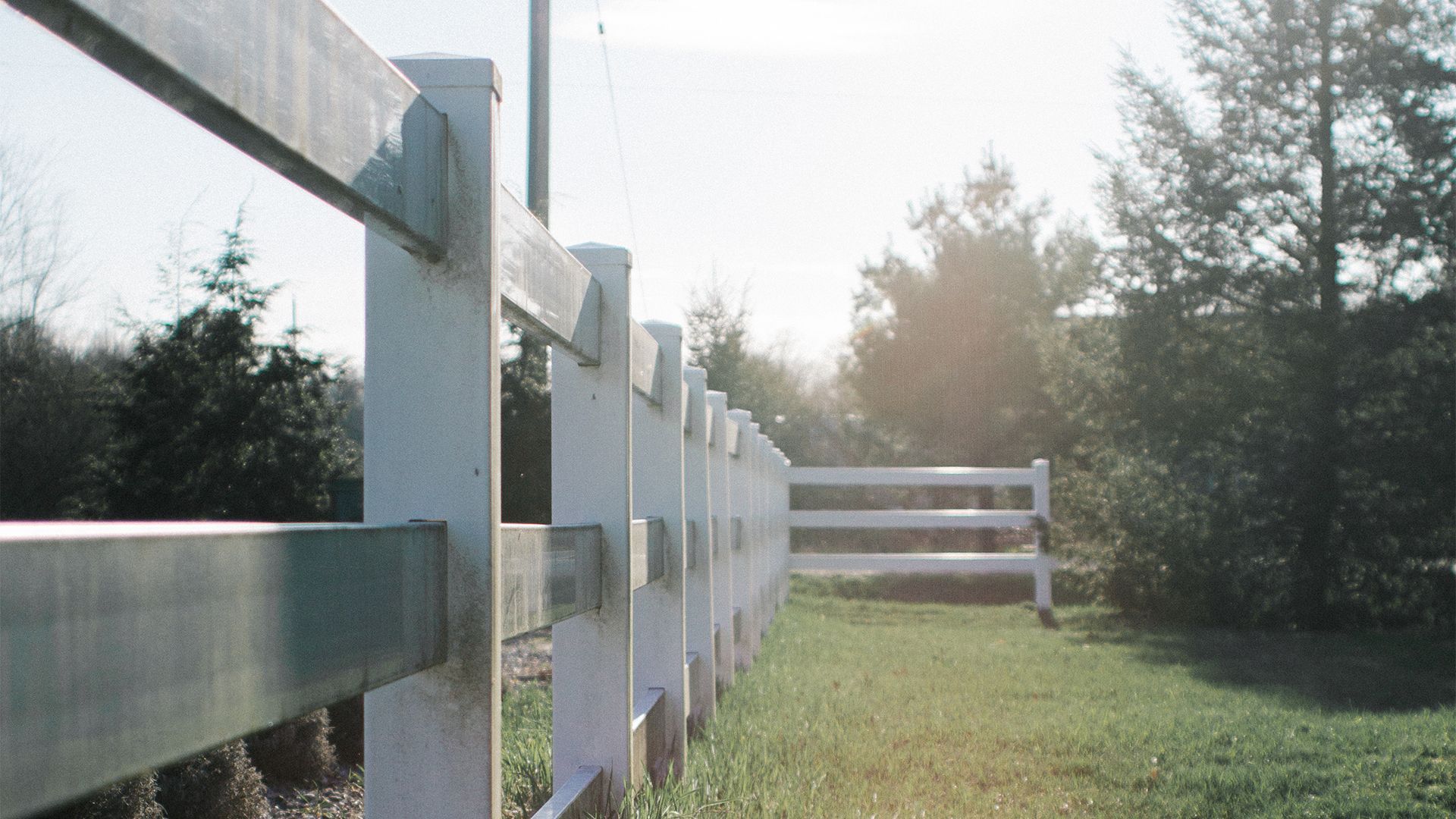
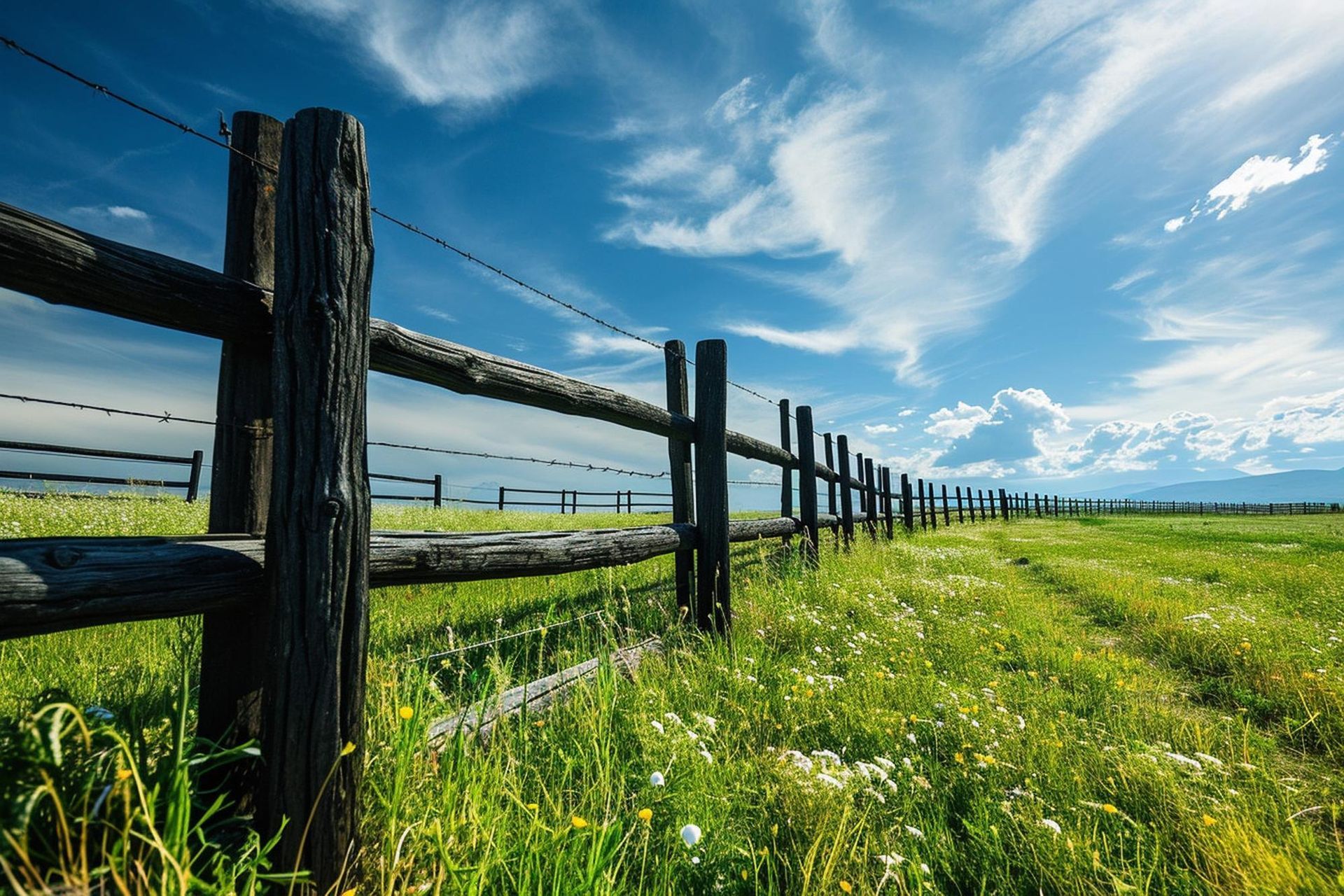

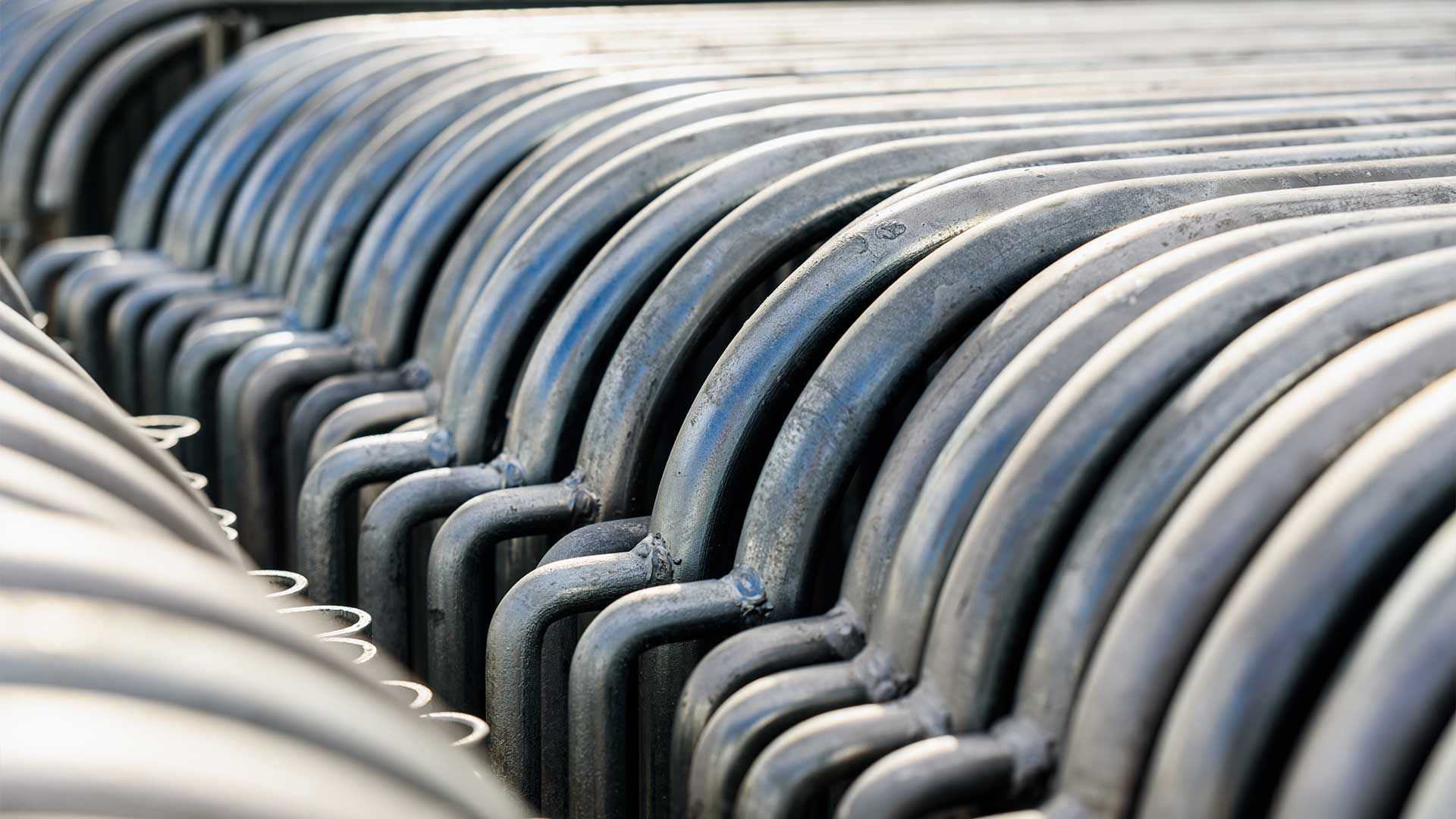

Byron Fence is your last step on the journey to your fence. We specialize in security for commercial, agricultural, and residential properties, and we make it look good.
Serving Middle Georgia since 2006
All Rights Reserved | Byron Fence
